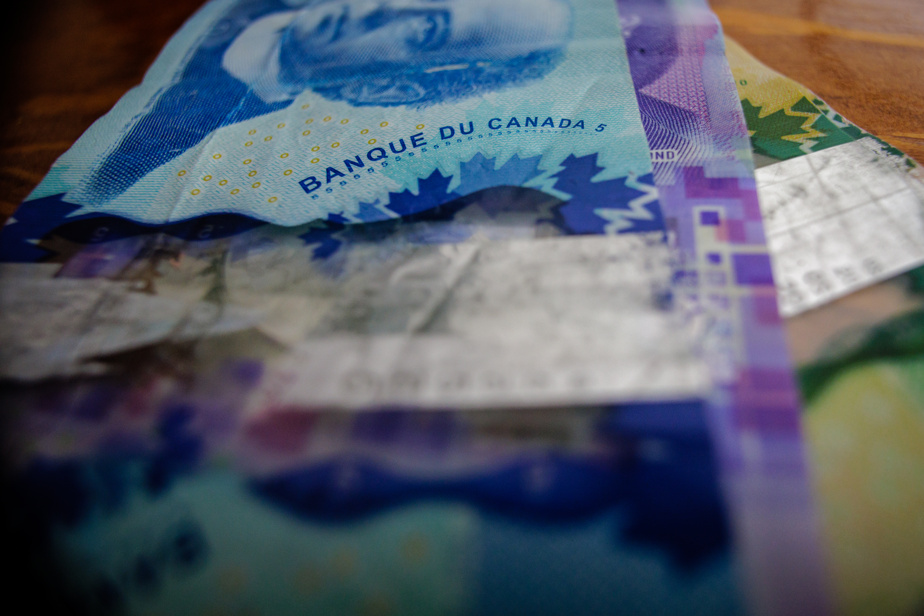(Ottawa) Canada’s banking regulator is leaving unchanged the amount of funds the big six banks must keep to weather a potential economic downturn.
Peter Routledge, who heads the Office of the Superintendent of Financial Institutions (OSFI), said Friday that while economic vulnerabilities are still high, they have not worsened in the six months since the reserve rate was raised. for domestic stability (RSI) by half a percentage point to bring it to 3.5%.
“We are sufficiently assured, in our opinion, to face a severe, but plausible, downside scenario, and we wanted to make that known with this decision,” he said during a press briefing.
The Domestic Stability Reserve is designed as an additional capital cushion allowing banks to absorb economic shocks. It is part of broader requirements for funds that banks must hold, and is separate from the provisions that banks set aside for potentially bad loans.
Banks strengthened their capital in anticipation of a potential increase in the RSI to its upper limit of 4%, which would have brought their total capital ratio to 12%.
Mr. Routledge noted that the regulator believes the current capital requirements of 11.5% are adequate, but added that the decision to maintain capital was also influenced by the fact that banks have already increased their reserves well beyond requirements.
“Our decision recognizes the prudent approach to capital management taken by the boards of directors of Canada’s systemically important banks. »
He also explained that the last 18 months had been a good opportunity to increase the RSI due to the strength of earnings. “We take out insurance at a very low price. »
Banks now have sufficient insurance to address risks such as high household debt, increased uncertainty in the housing market, material vulnerabilities in commercial real estate and intensifying geopolitical conflicts that could impact global growth and markets, he added.
Mr Routledge also noted positive developments since the regulator’s last decision in June, including improvements in the household debt-to-income ratio and falling inflation.
The domestic stability reserve rate applies to Canada’s six largest banks, known as systemically important banks.
It is reviewed and set in June and December each year, but can be modified at other times if necessary.
